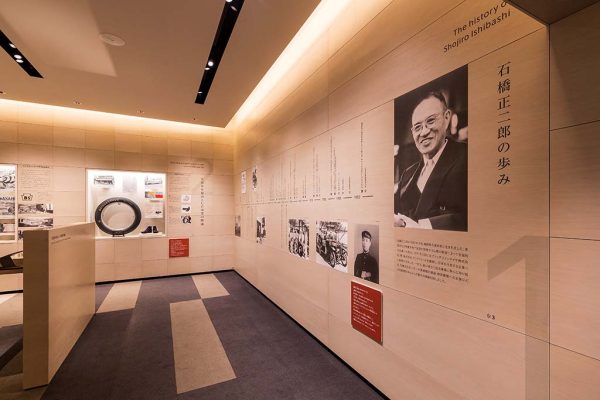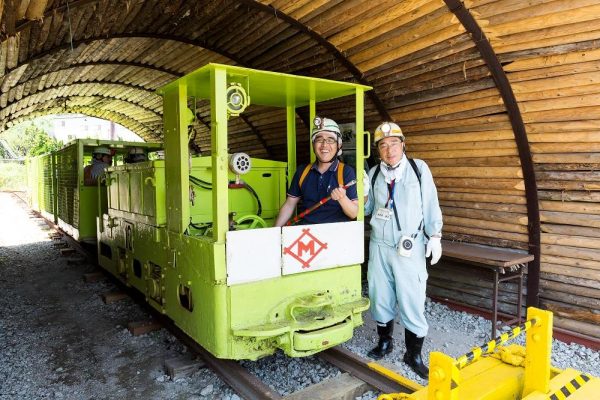Nakae Iwato Kagura
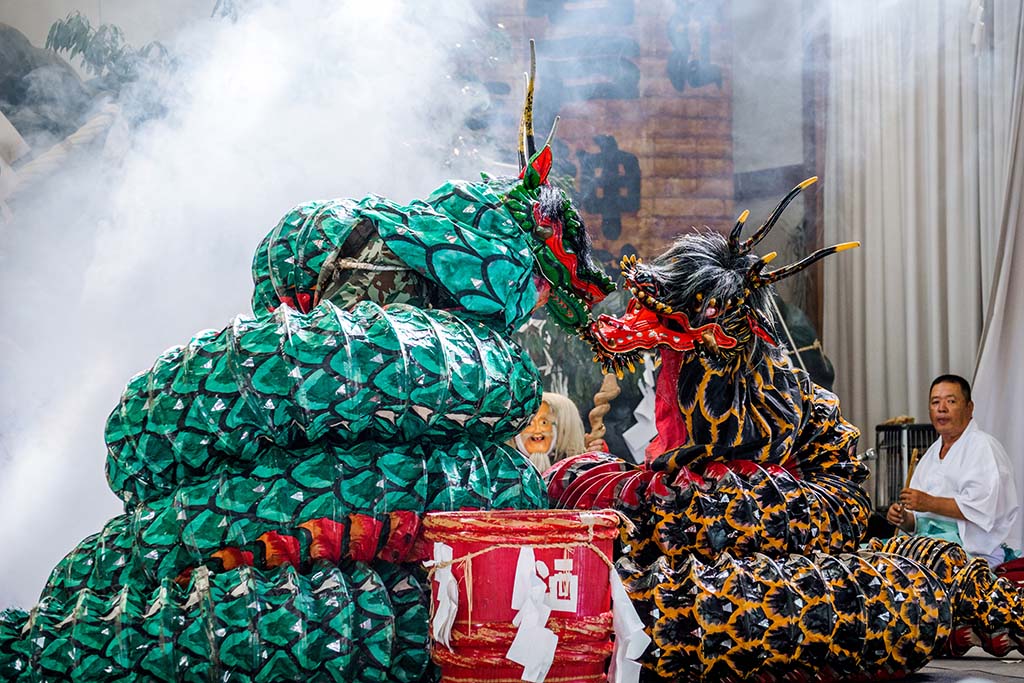
In the early afternoon on Sunday, the sounds of flutes and drums echo through the mountain village.
The dancers sometimes dance calmly, sometimes heroically.
Kagura, which dances the stories of the gods, is passed down from father to son,
It weaves the history of a small village.
Hano and Nakae Iwato Kagura, the Inheritance of Kagura Heroes
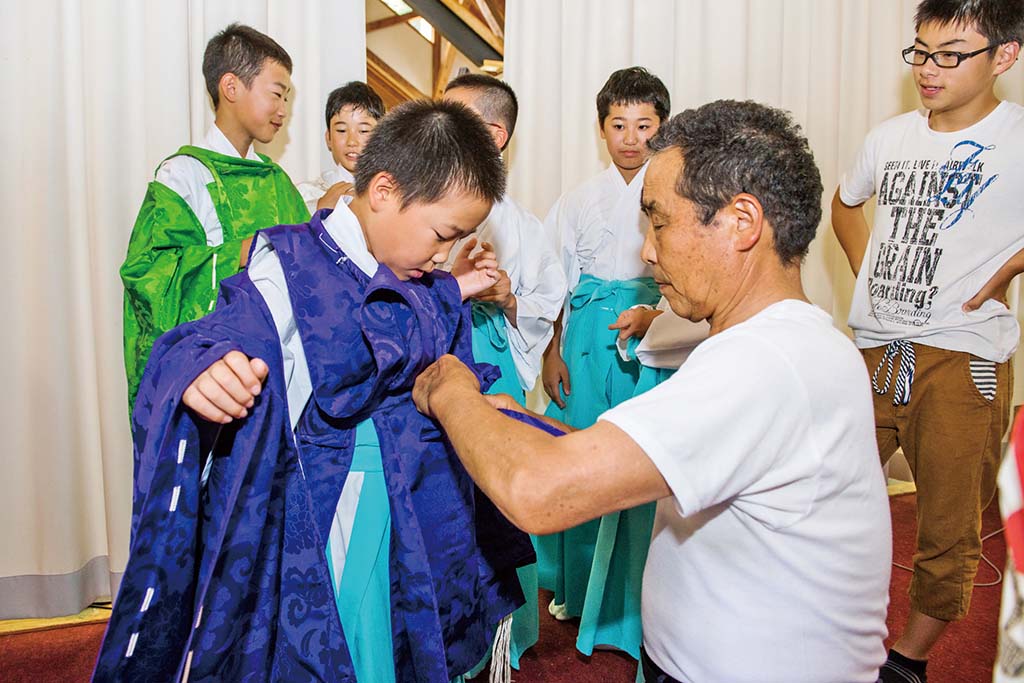
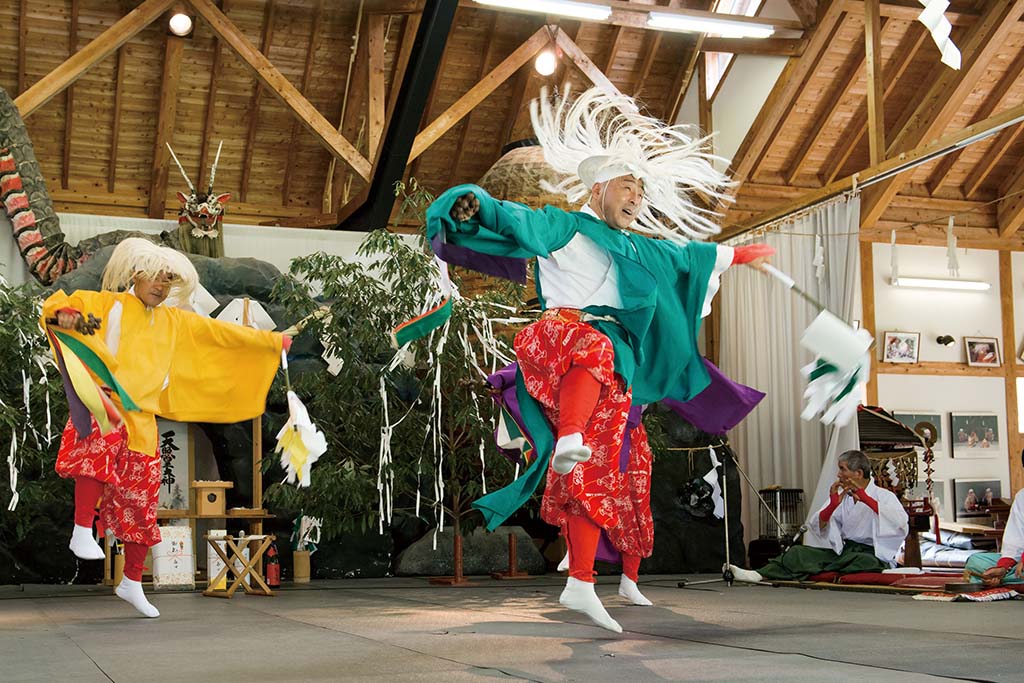
In Hano, Aso City, kagura has been passed down in two villages, Nakae and Yokobori. Nakae Iwato Kagura" of Nakae village has a history of about 250 years and has been designated a national intangible folk cultural property. Currently, regular performances are held on the first Sunday of April through November, except for the October "Kagura Festival" at "Michi no Eki Hano" (Roadside Station Hano), at a dedicated outdoor kagura hall next to Hagi Shrine. Admission is free. Yoshikatsu Sato, 71, chairman of the preservation society, and his colleagues teach kagura to local elementary and junior high school students and are devoted to fostering successors in the face of depopulation and an aging population.
The children's performance is the basic kagura performance, "Gokata Reihatsu. The children purify the five directions (east, west, south, west, north, south, and center) with a slow dance. The players of the flutes and drums are also children dressed in Hakama. Their innocent faces and still faltering movements made the audience smile. The order of the performances after this actually depends on the weather and other conditions of the day. Nakae Iwato Kagura has 33 performances based on the myth of Ama-no-Iwato, from which four to five are chosen.

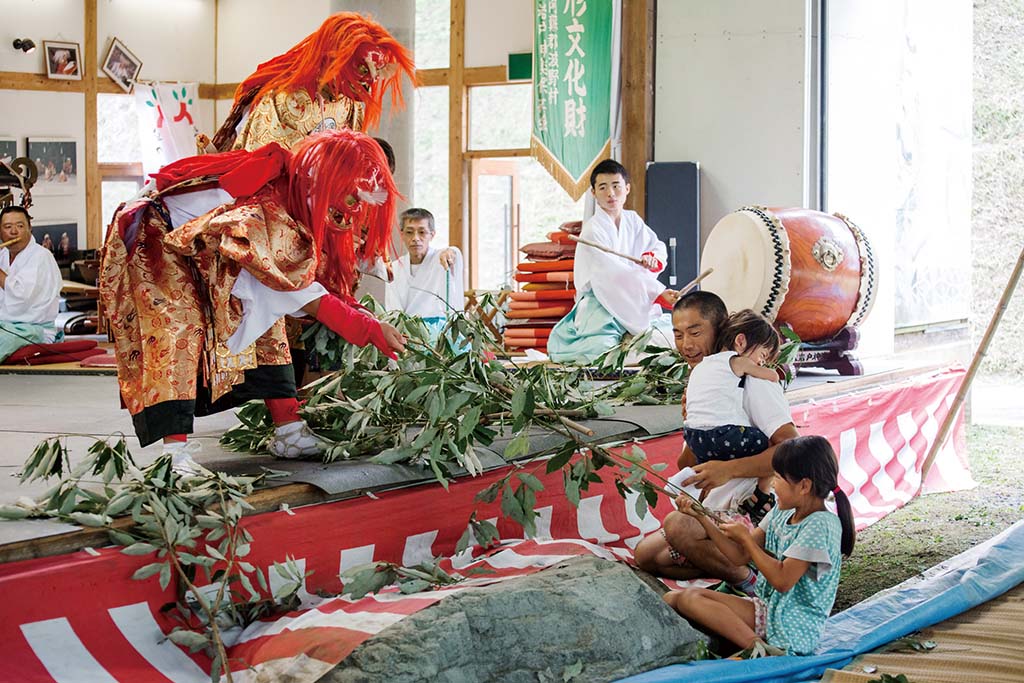
The myth of Ama-no-Iwato is that of the rampaging god Susano-no-mikoto, who plays the leading role. The kagura is so intense that when I get old, I get out of breath," Sato said with a wry smile. His grandson, Daichi, and other high school students perform the heroic and violent dances. Daichi, who is a high school student, and his grandson, Daichi, are responsible for the heroic and intense dances. Mr. Sato's son, Hiroaki, is also a member. Today, Mr. Sato plays the big drum and Hiroaki and Daichi dance. It is a three-generation collaboration between father and son.
Kagura is a party in which the gods who have descended to earth mingle with the people. In "Shibahiki," the gods pull sakaki (sakaki) with the audience and lift up young children in the audience's arms. In the "Ten-no-Shime," Susano-onomikoto climbs a green bamboo pole erected outdoors and sprinkles red and white rice cakes to the audience. The climax is the "Yakumo-barai," known for the extermination of the eight-forked serpent. It is a familiar story, but with the use of dry ice, it is quite a powerful performance. On the way home, the audience was given agricultural products as souvenirs. After all, kagura is a long-running entertainment in farming villages. Incarnations of the gods that have descended to the earth entertain us during the holidays in the village.
Roadside Station Namino
| name | 1602 Kojino, Hano Village, Aso City, Kumamoto Prefecture, Japan ☎ 0967-24-2331 |
|---|---|
| Business Hours | 8:00-19:00 |
| regular closing day | January 1 |
| Access | Approximately 1 hour and 20 minutes from Kumamoto IC of Kyushu Expressway |
| supplementary information | *For inquiries about Nakae Iwato Kagura, please contact Aso City Tourism Division ☎ 0967-22-3174 |

